Five Drawing Tips For Beginners
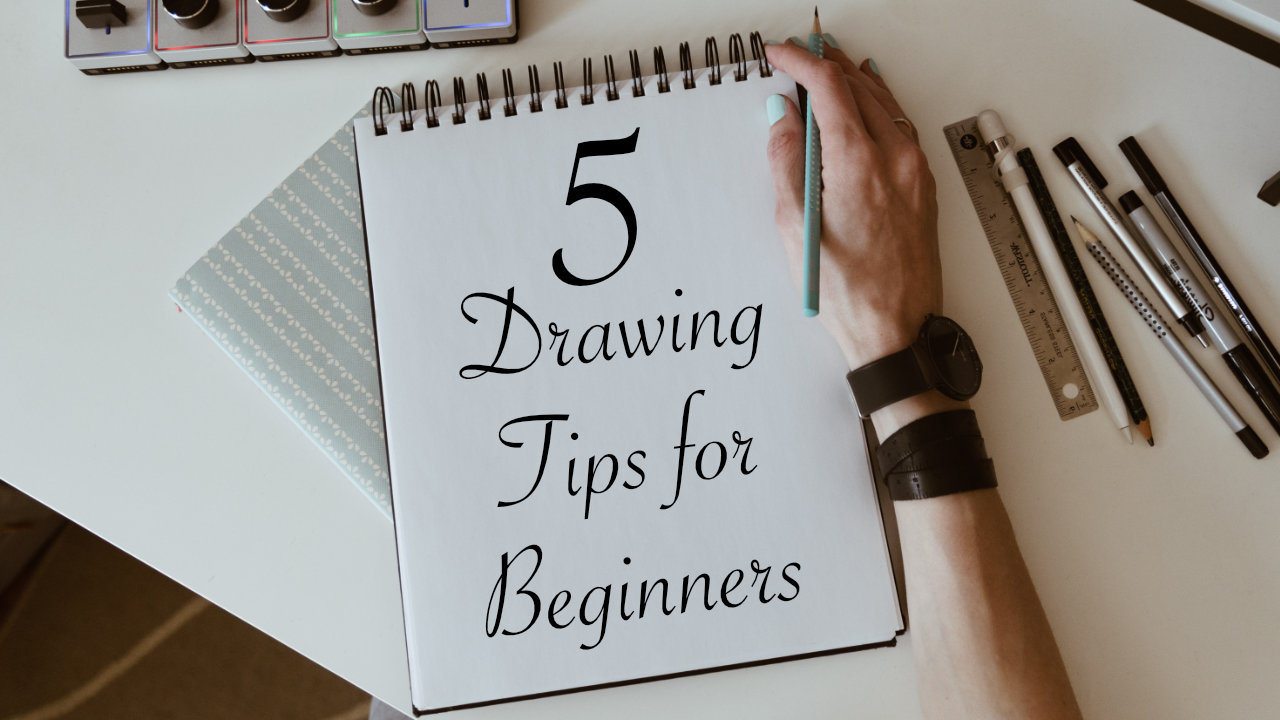
Art is truly a universal language that influences how we interpret the world around us. Even as a child one of the first forms of expression is scribbling. This basic skill does not require any fancy degrees or equipment.
While we do live in a digital playground, a simple pencil and paper are all you need to get started. Drawing is a fairly inexpensive hobby! These two pieces of tools are the perfect steppingstone for testing the waters before making the upgrade to digital tablets. Below are a few drawing tips that can help improve your skills through routine practice.
Light source is important

When possible place any light source as opposed to the hand you are drawing with. Light tends to cast a shadow on your paper when it is behind your hand. This can make it very difficult when drawing because it reduces visibility. Moving to a different location can also improve the lighting conditions and reduce the shadows.
Practice lines and shapes
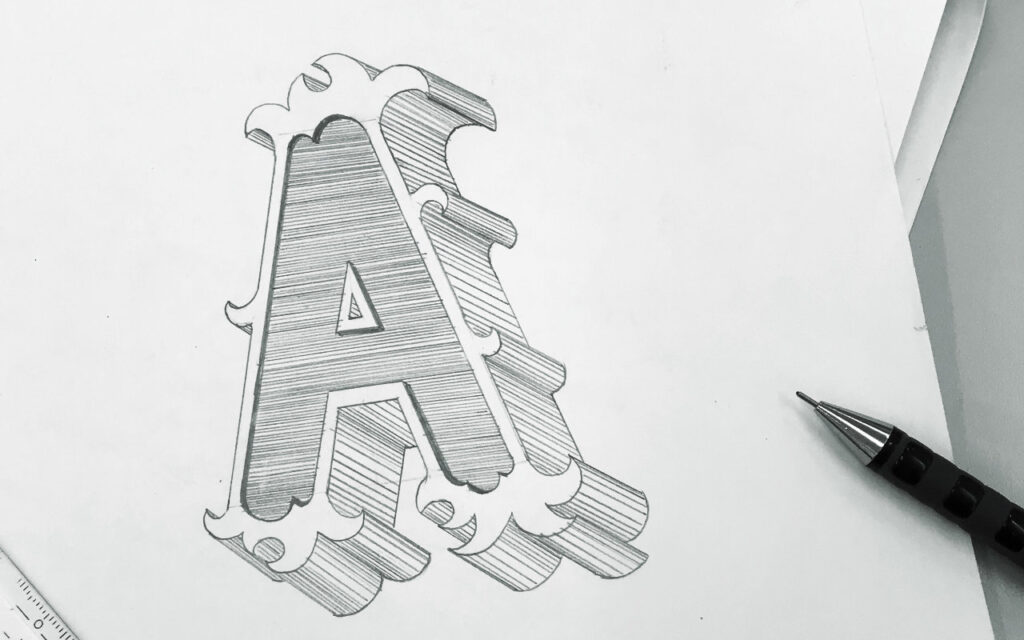
Drawing can be a discouraging experience for many beginners. Because the final artwork may not be what we had in mind. This happens because you need to develop the way your hands interpret your thoughts and recreate them on paper.
- When starting out, one of the first steps is to practice hand and eye coordination. A good way to do this is by drawing lines consistently to build up muscle memory.
- Do a variety of lines such as straight, scribble, crossed, and curved. With time you will eventually start to be more consistent with manifesting your thought onto paper.
- When you have gotten comfortable with lines you can advance a bit further by practicing with the thickness of the line. Additionally, you can add shapes such as circles and ovals.
Even though it may seem like a waste of time, these curves and lines provide a strong foundation to build up your skills. Eventually, you should start seeing improvement in controlling the thickness and darkness of the lines drawn.
Have a extra sketchpad
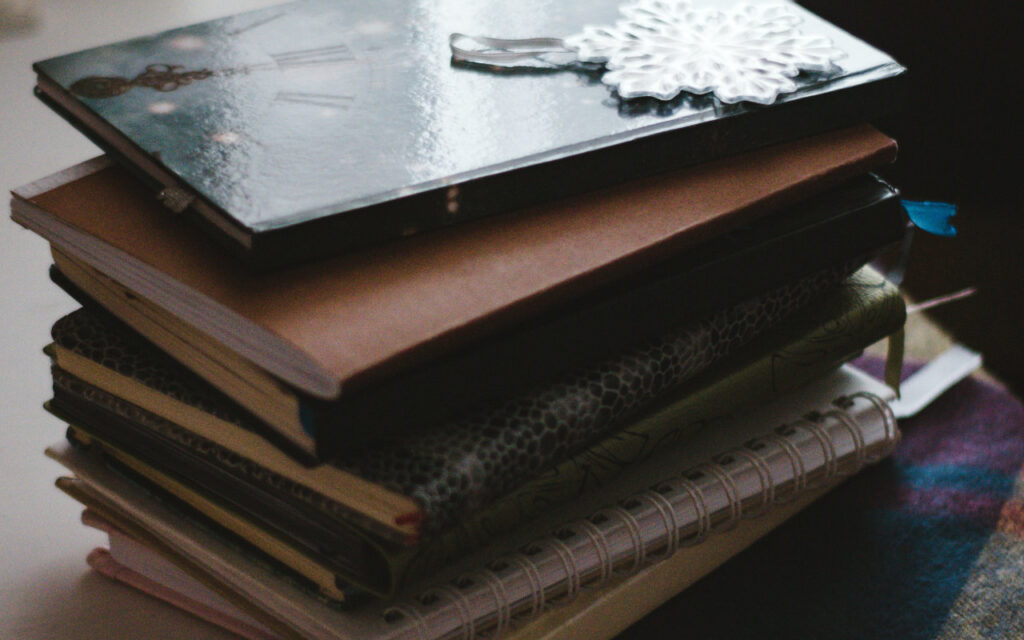
Get a separate notepad for sketches and random ideas that come into your head. Like dreams, ideas can pop up at any given moment, and just as easily fade away. This sketch pad will also serve as a way to ease the creative pressure.
You do not need to create a masterpiece each time you draw. Some days you may just want to doodle random ideas so let go and see what your subconscious is trying to say. Some of these sketches often end up being wonderful ideas.
Focus on weak areas
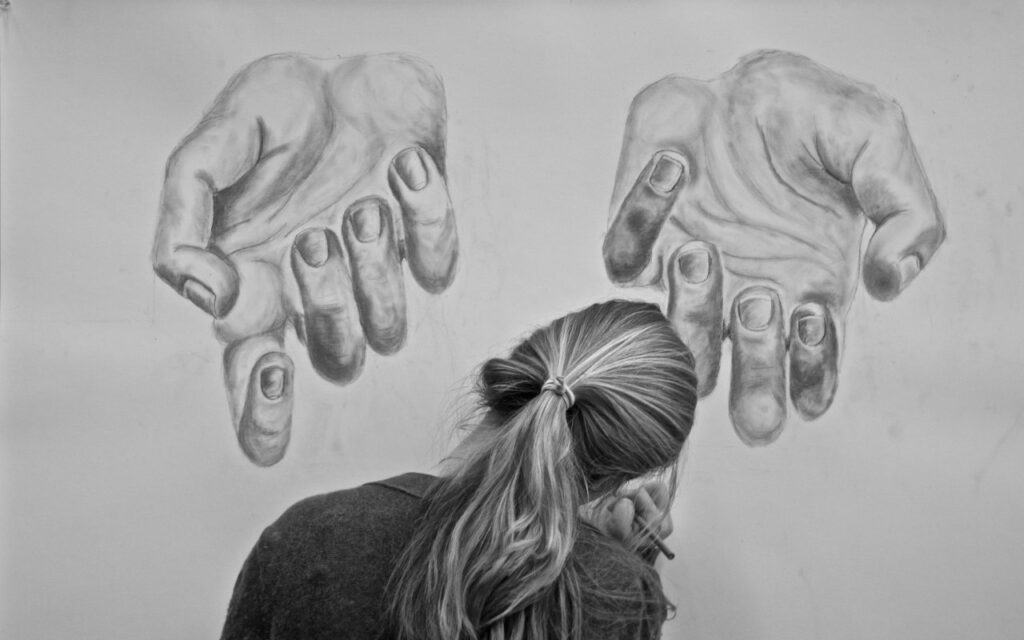
Besides regular practice, concentrating on areas where you feel weak can help with improvement. Ignoring the problem will not make it go away and can hamper your growth as an artist. If you’re not good at shading, then dedicate a session during the week just for shading.
It is ok to use another artist’s work as a reference when just starting out. However, do not become too dependent on their style. Experiment a little by combining what you have learned in order to build your own individuality.
Save and date your work
Lastly, try to save as much of your original artwork and date them when possible so you can track your improvement. It is always a rewarding experience to see your progress over a period of time.
Remember, there is no such thing as a perfect piece of artwork. What may seem mediocre to you, may be spectacular to someone else.
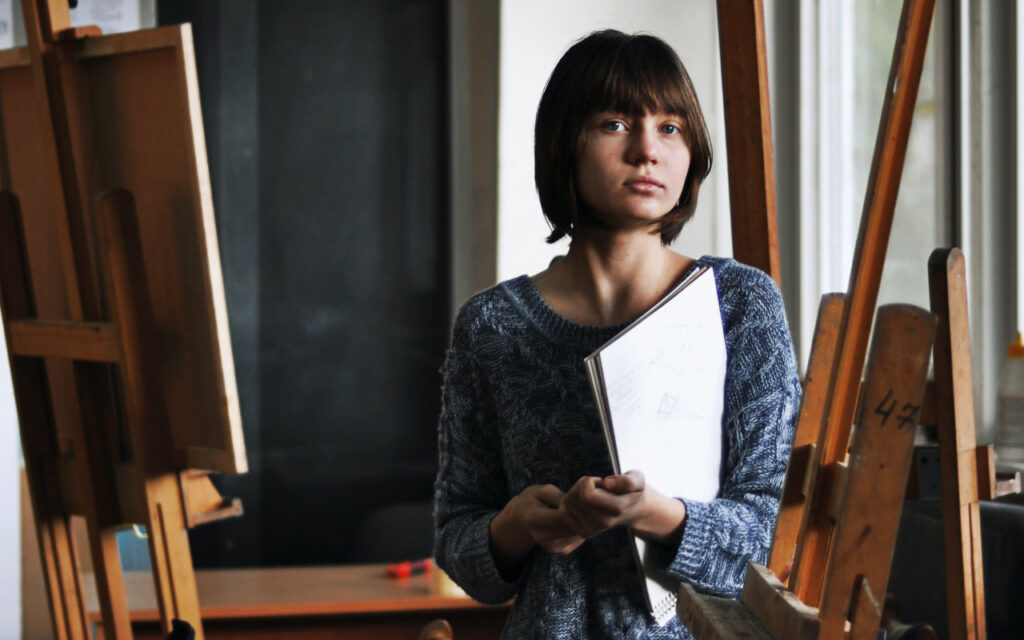
Compared to earlier days there is a whole wealth of information available on the internet for those seeking lessons. For both beginners and professionals, Google or YouTube is one of the first places to gather information on drawing techniques. They are many artists online offering tutorials on their website or through a third party.
Many of these beginners’ tutorials are free, however, you may have to pay a sign-up fee for more advanced techniques. This again all depends on the web, so expand your options by visiting as many sites as possible.
Final Thought
When it comes to both traditional and digital drawing, it is important that you enjoy doing it. Do not try to rush the process, compete with others, and remember practice makes perfect.

The iPad Pro has grown far beyond its humble beginnings as a simple tablet. With its raw power, expansive displays, and the increasingly…
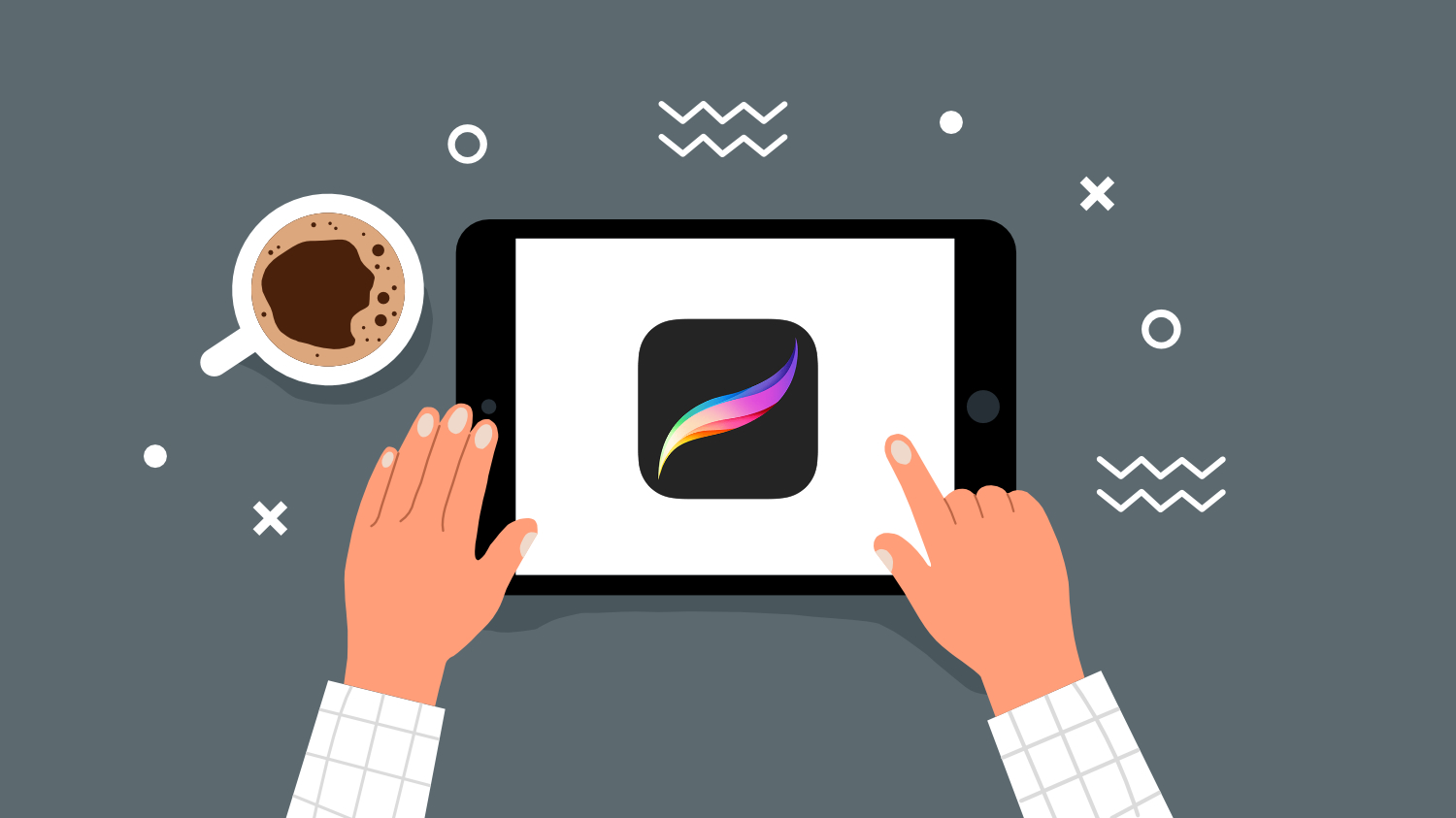
Procreate has become a digital art powerhouse, empowering artists of all levels to unleash their creativity on iPad screens.But for newcomers, the…

